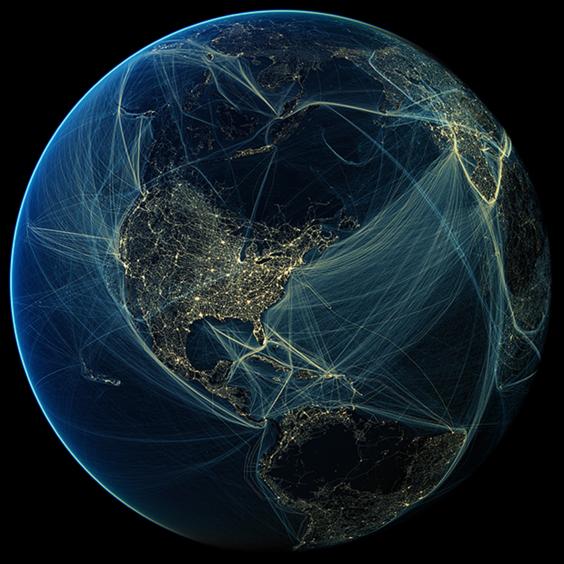Never Let Me Go (2010)
Never Let Me Go, based on the 2005 novel by the same name, captures the issue of cloning and once again, the nature of humanity. The story is set in an alternate reality--one where humans have discovered the secret of living longer, healthier lives. The issue is that this is done by raising clones of the wealthy, whose organs are harvested when the original person needs them.
As a side note, it's difficult to figure out what word to use for the non-clones in this world. The book refers to them sometimes as Doppelgangers, but this is from the perspective of the clones, who are amazed to see people walking around who appear identical to them in every way.
The clones are raised in secret, initially at a boarding school named "Hailsham". Once they are of age, they're moved out to isolation--the main characters in this story are sent to live in a farm in the countryside. The clones are kept in the dark about their true purpose, and only told that they will make donations, before eventually "completing" (read: dying).
What Never Let Me Go does is connect us with these clones. They are real people, and our characters are unfortunately exposed to their purpose. They spend much of the story trying to find a way out, or a way to get more time--not too unlike the Replicants from Blade Runner. Once again, media forces us to ask ourselves: What does it mean to be human? Do these clones have souls? If they're artificial creations, born to serve a singular purpose, then do they deserve rights?
The technology introduced during the Anthropocene forces us to confront these questions. And our media seems to enjoy telling stories where the comfortable answers don't exist. Oftentimes, it seems that there are no answers to these questions at all.

No comments:
Post a Comment